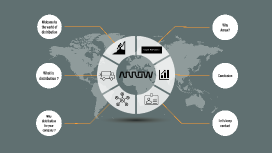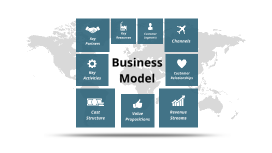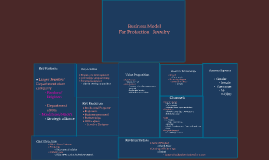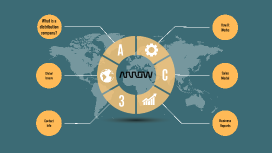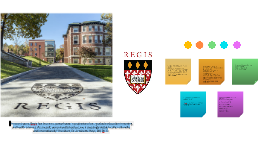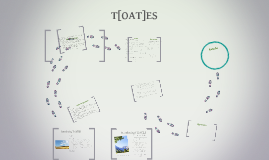Value Proposition
Transcript: To Businesses Develop a loyal consumer base Develop benevolent & "green" public image Reduce annual costs of production and shipment of plastic bags Include charitable giving into retailer's budget To Customers Motivation to bring and use reusable bags Charitable giving included in personal budget Bags are 2x larger and more durable than plastic Introducing T[OAT]ES How many plastic bags do you acquire after a trip to the store? Do you constantly forget to bring your reusable bags? Do you care about the environment or charitable giving? We have a solution for you! Charge stores $100 per month to participate in program Initially target 30 stores in the Chicago area Revenue for year 1 = ($100)(30)(12)=$36,000 Stylish. Swipeable- each bag comes with a QR code linked to your account and social media networks go to the grocery store, swipe it in a dedicated check-out line, 1% of your total purchase will be donated to a charity of your choice AND your donation and donation location will be posted to Facebook Reusable Results Competitors: Whole Foods: offers 10 cent donation to pre-selected charity per reusable bag used Plastic versus Paper Plastic bags produce 28.8 cubic pounds of solid, aqueous, and gaseous waste per 10,000 bags, Paper bags produce 141.2 cubic pounds of solid, aqueous, and gaseous waster per 10,000 bags Over a billion plastic bags are used annually in the US. Reusable bags if a reusable bag is used at least once per week 5 bags can replace 520 plastic bags per year ; iPads are $300 apiece install 3 in 30 stores, the total cost is $27,000 Bags made from polypropylene cost about $0.10-0.25 to produce;, add in screen printing of logo and swipeable tag and shipping and handling Make 500 bags for each of the 30 stores, the total cost is ~$5,000 Employee Wages,- CEO, CFO, COO, Designer, Programmer, Market Researcher Average market salary ~$50,000, the total cost is $250,000 Research and Development_ ~5% of revenue ~$2,000 for one year TOTAL COST = ~$285,000 T[OAT]ES Costs Value Proposition Hypothesis Businesses with a national footprint and no current loyalty program in place Urban and suburban individuals 20-40 years old The TAM Calculation -top-down approach the number of stores selling food in the US is 1,454, 978 of these stores, 236,475 are grocery stores or supermarkets the number of grocery stores that are national chains doing at least $2 million in sales annually is 37,053 (37,053)($100 per month)(12months) = $44,463,600 TAM = $44,463,600 INVESTOR ASKING PRICE: $500,000??? to cover costs? plus extra The Swipeable Reusable Tote Target Market Revenues Introducing T[OAT]ES






